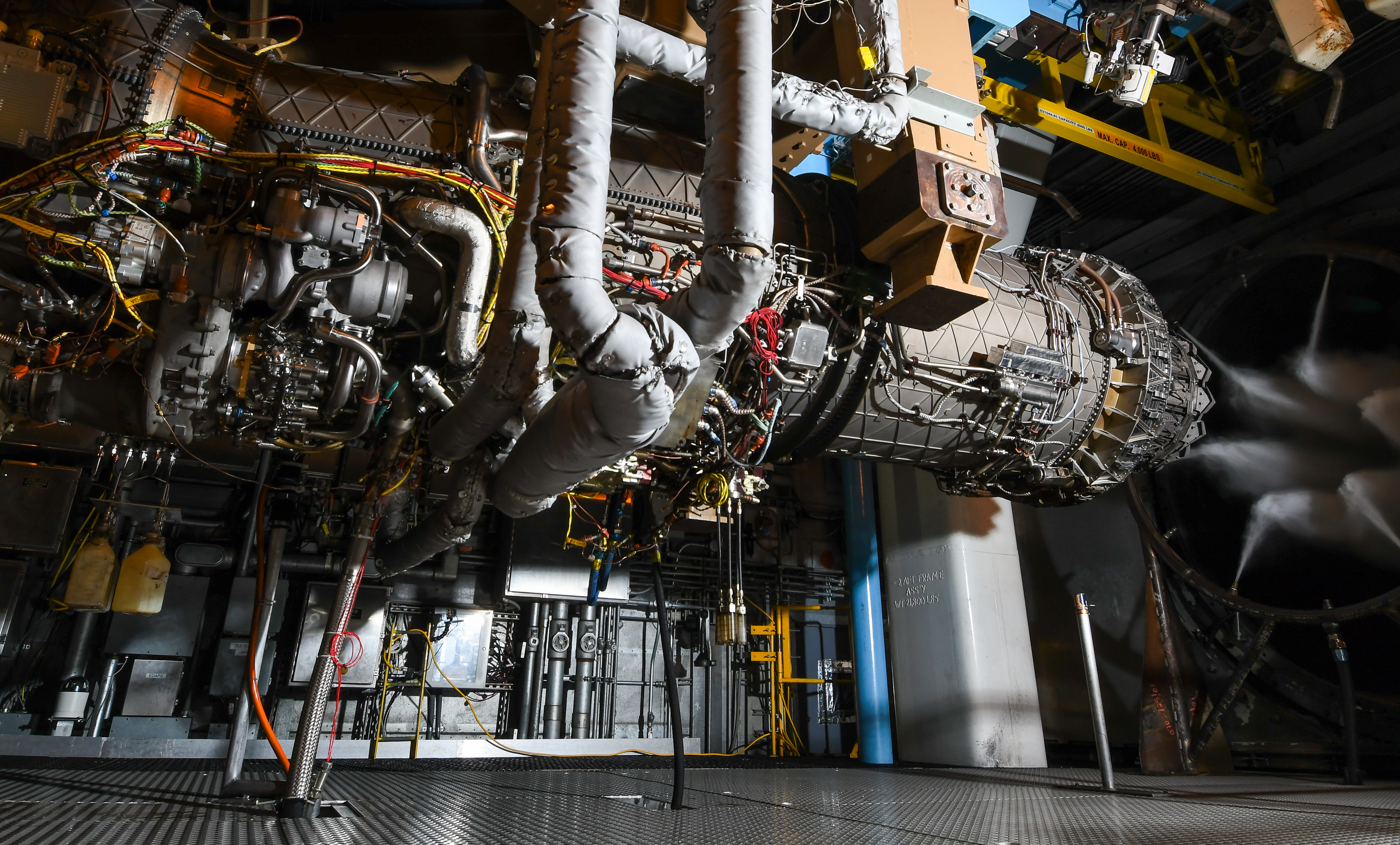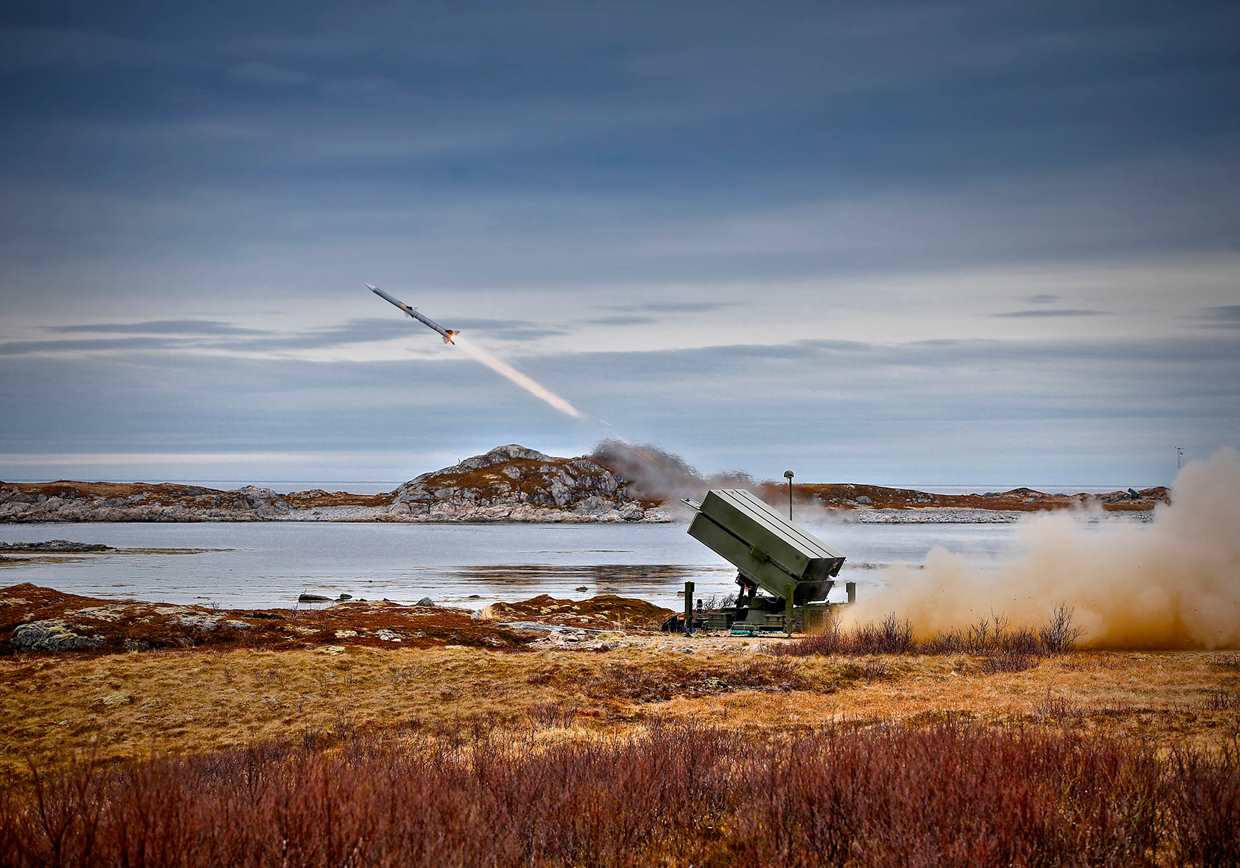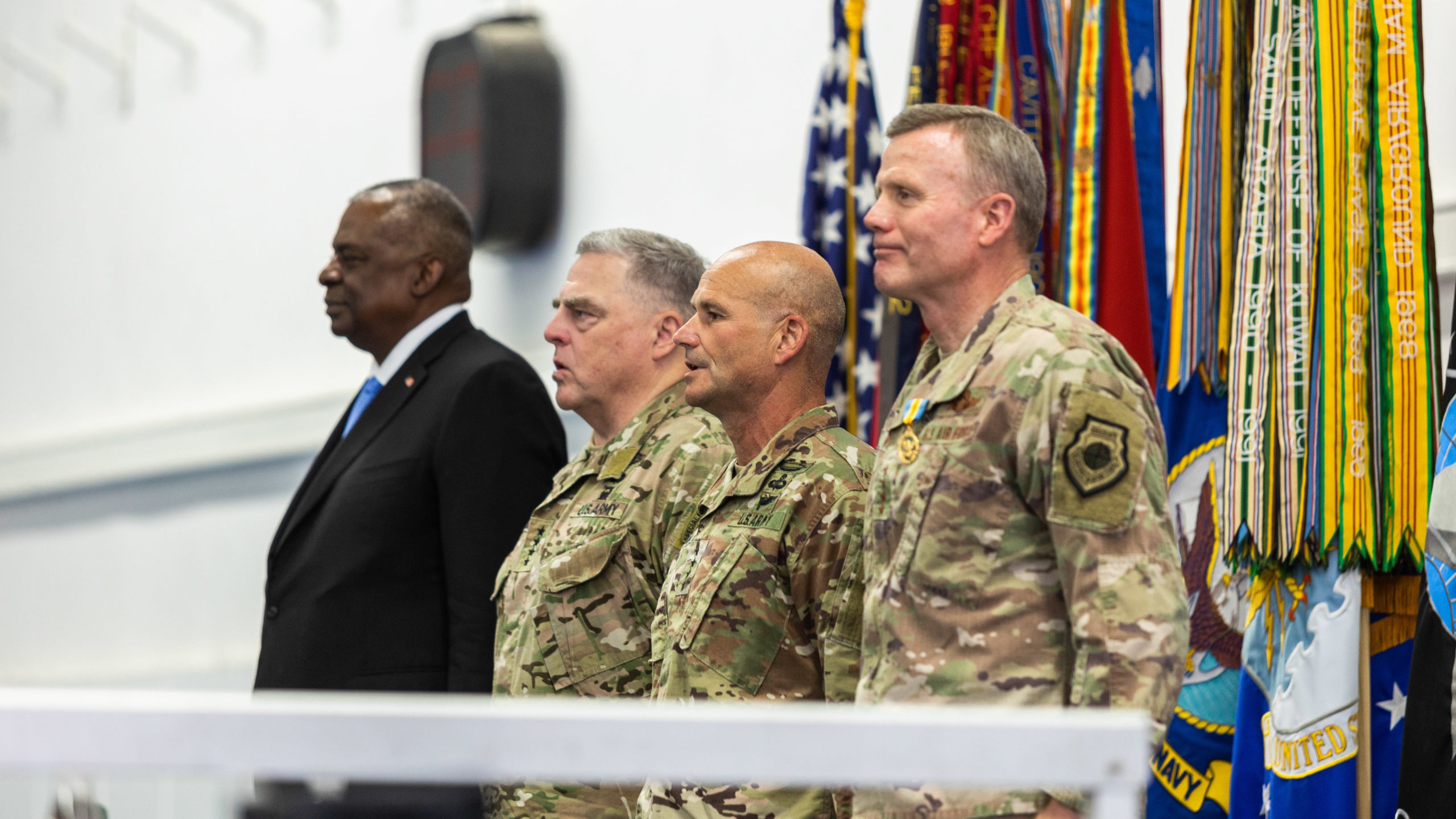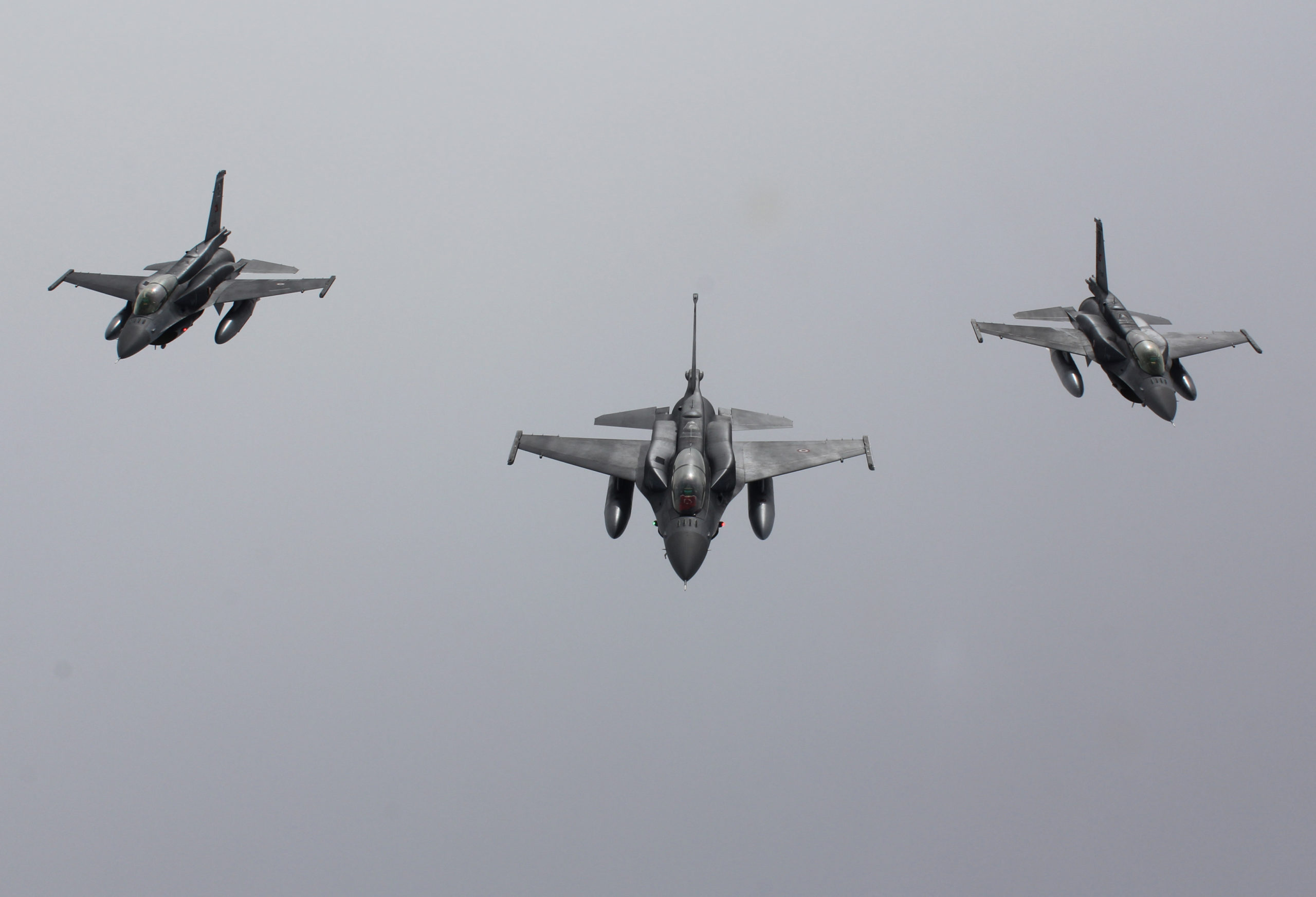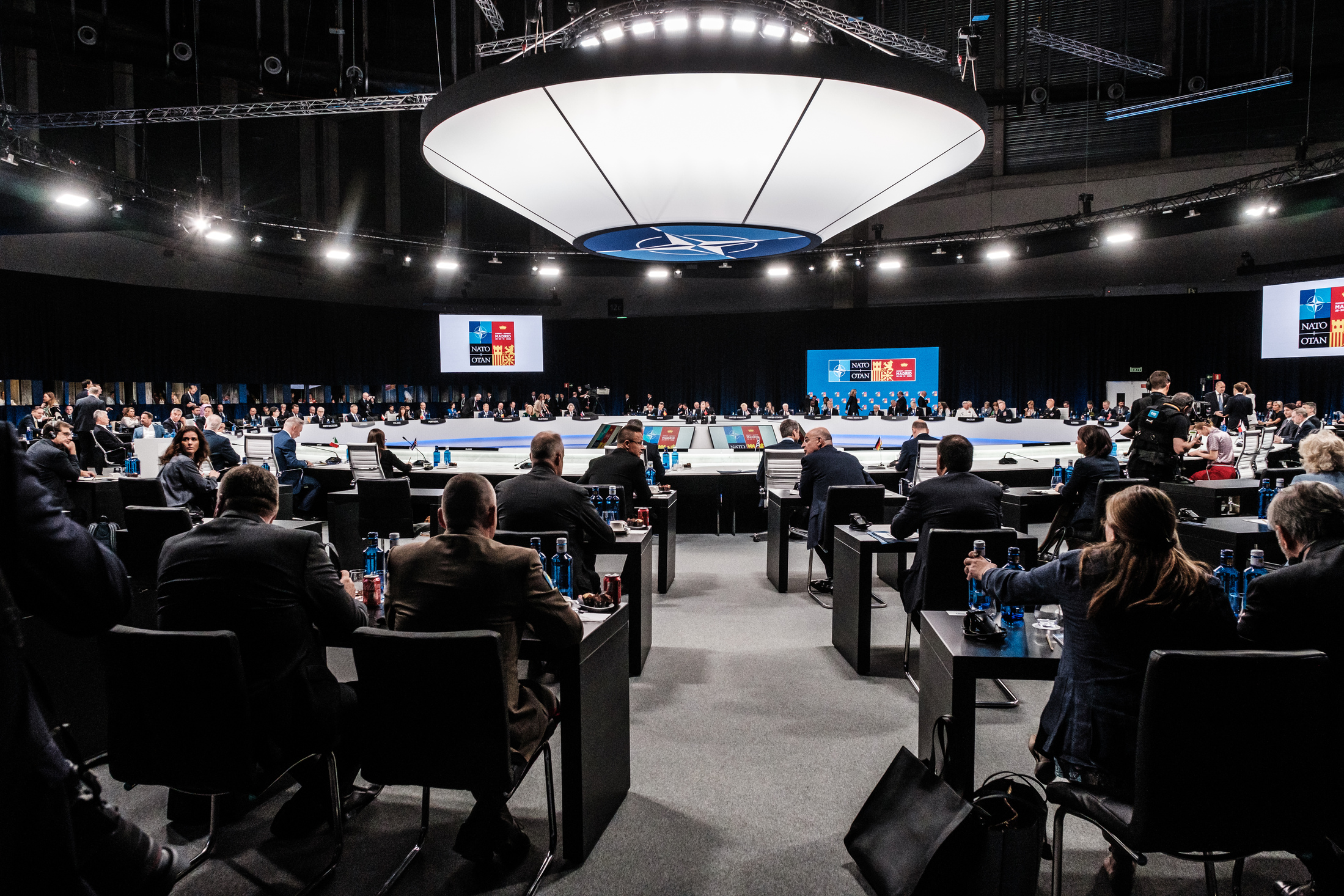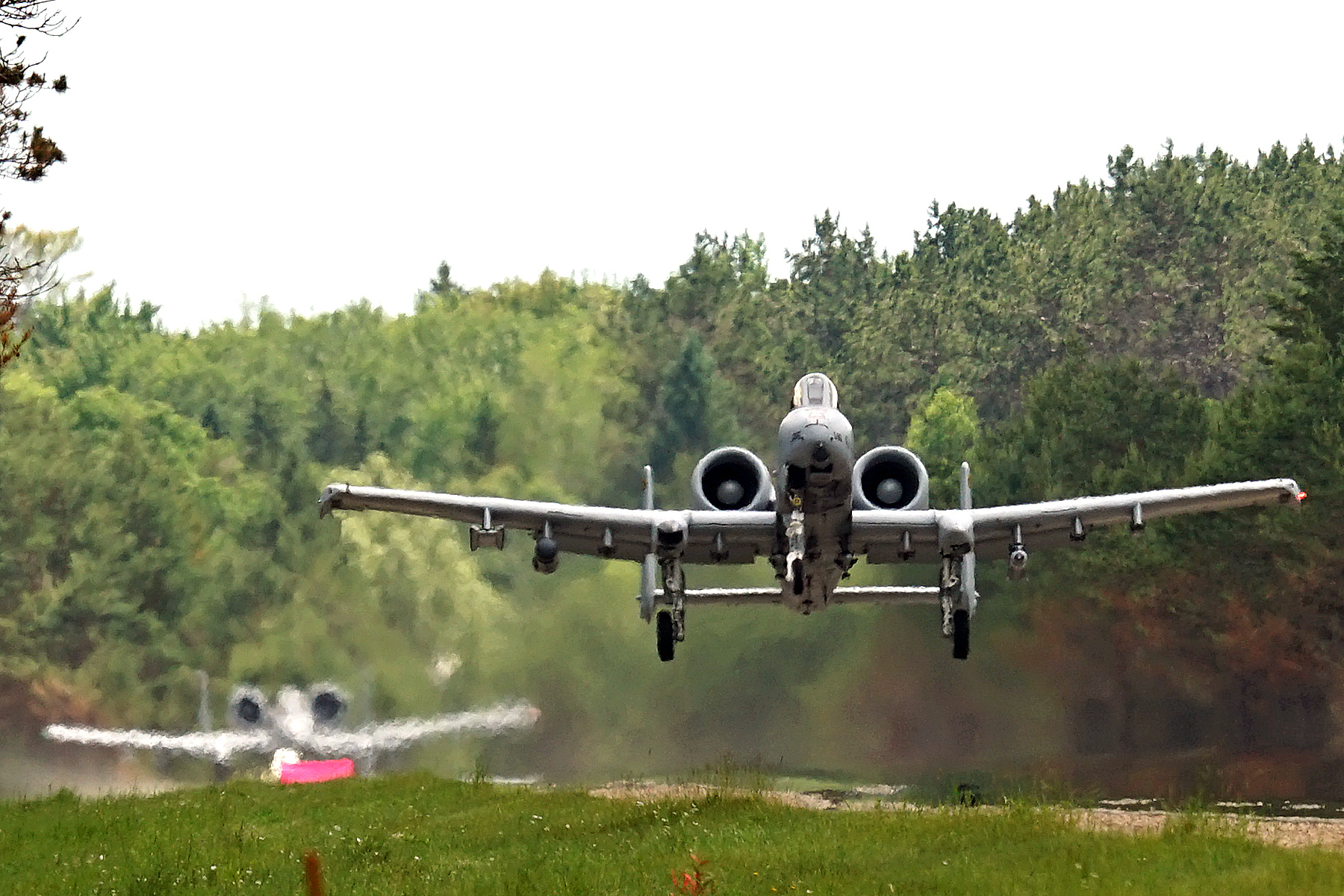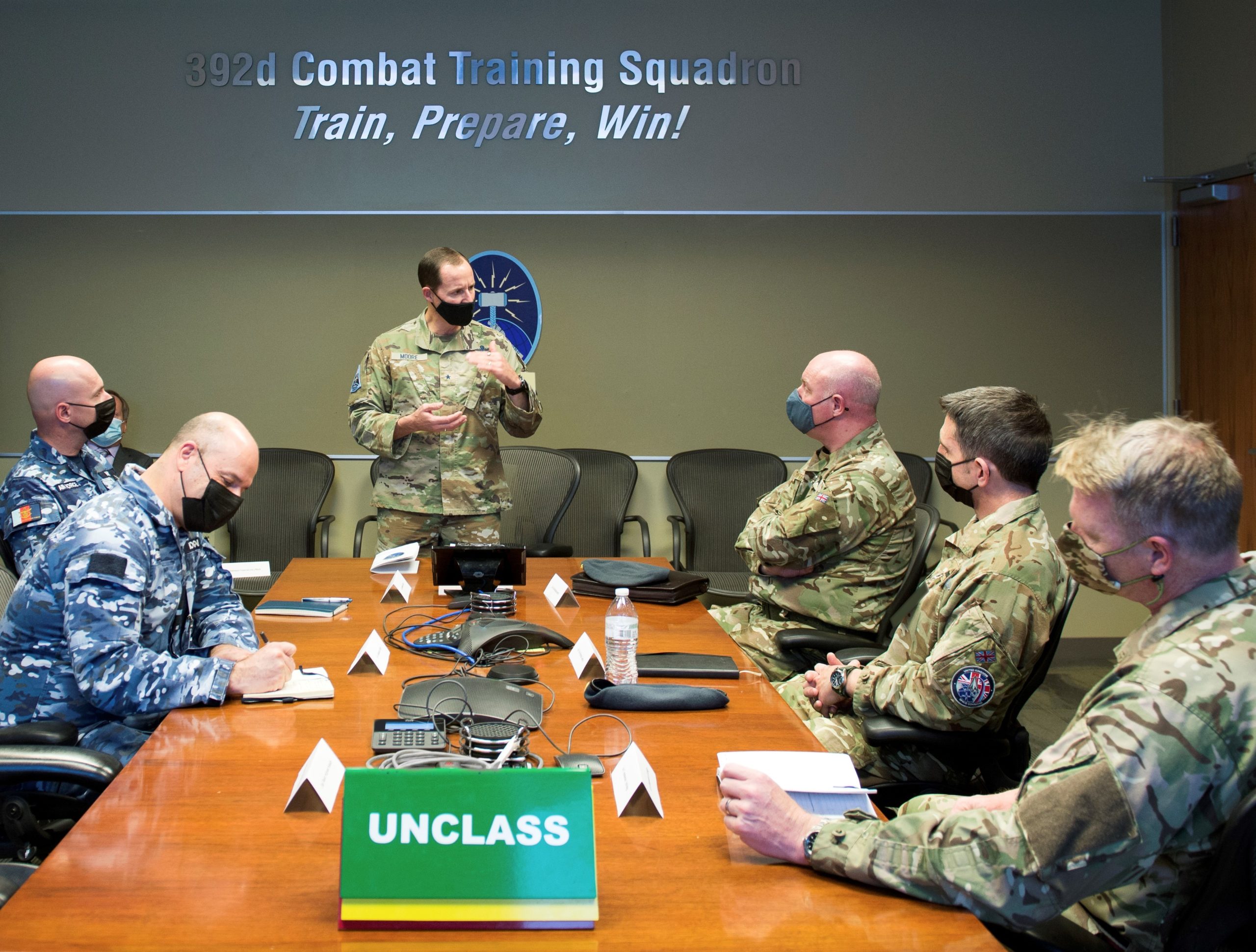The Pentagon handed out more than $80 million in contracts for work on F-35 engines and weapons integration June 30, as well as another $25 million to support the development of a joint simulation environment for the F-22.
The largest of the deals handed out went to engine-maker Pratt & Whitney. The contractor received just shy of $69 million to provide a one-time look at the F135 engine for “early identification, development, and qualification of corrections to potential and actual” operational issues with the engine, including safety and maintenance problems.
The order provides for “continued engine maturation … improves operational readiness; and reduces engine maintenance and life cycle costs,” the contract award reads.
Another $12.6 million went to Lockheed Martin as a modification to a previous agreement, with the money going toward analysis for “common weapons integration … captive carriage flight testing, and weapons delivery accuracy testing” for the Air Force, Navy, Marine Corps, and the F-35’s international partners.
The F-35’s engine has been a source of headaches for the Joint Strike Fighter program for some time. Air Force leaders told Congress in July 2021 that more than 40 F-35As were without engines due to maintenance issues, though those numbers had improved somewhat by April 2022.
Lt. Gen. Eric T. Fick, F-35 program executive officer, has said Block 4 versions of the fighter will likely need “increased power and increased thermal management capability,” and lawmakers on the House Armed Services Committee have voiced harsh criticism of the program’s engine sustainment issues.
Still, Pratt & Whitney recently received a $4.385 billion contract from the Pentagon for 178 more F135 engines, and the company has pitched the DOD on modifications to the F135 that it has billed as an “Enhanced Engine Package.”
Meanwhile, the Air Force continues to consider a second engine option for the F-35 from its cutting-edge Adaptive Engine Transition Program. Air Force Secretary Frank Kendall has said he anticipates a decision on that front in the fiscal year 2024 budget.
Both deals were contracted through Naval Air Systems Command, with the Air Force and Navy splitting costs, along with funds from the Foreign Cooperative Project for the weapons integration testing and analysis.
Work on the weapons integration testing and analysis is slated to be done by December 2024, with the F135 work finishing by December 2025.
Meanwhile, Boeing received slightly more than $25.5 million to work on a “visual display system to support high-fidelity F-22 joint simulation environment flight simulation.” The joint simulation environment (JSE) was originally designed to support testing for the F-35, but the Air Force has sought to expand its uses to other fifth-generation fighters, including the F-22, and future platforms. At Edwards Air Force Base, Calif., the Air Force Test Center is building a 72,000-square-foot facility for the JSE, and a 52,000-square foot facility is also being built at Nellis Air Force Base, Nev.
